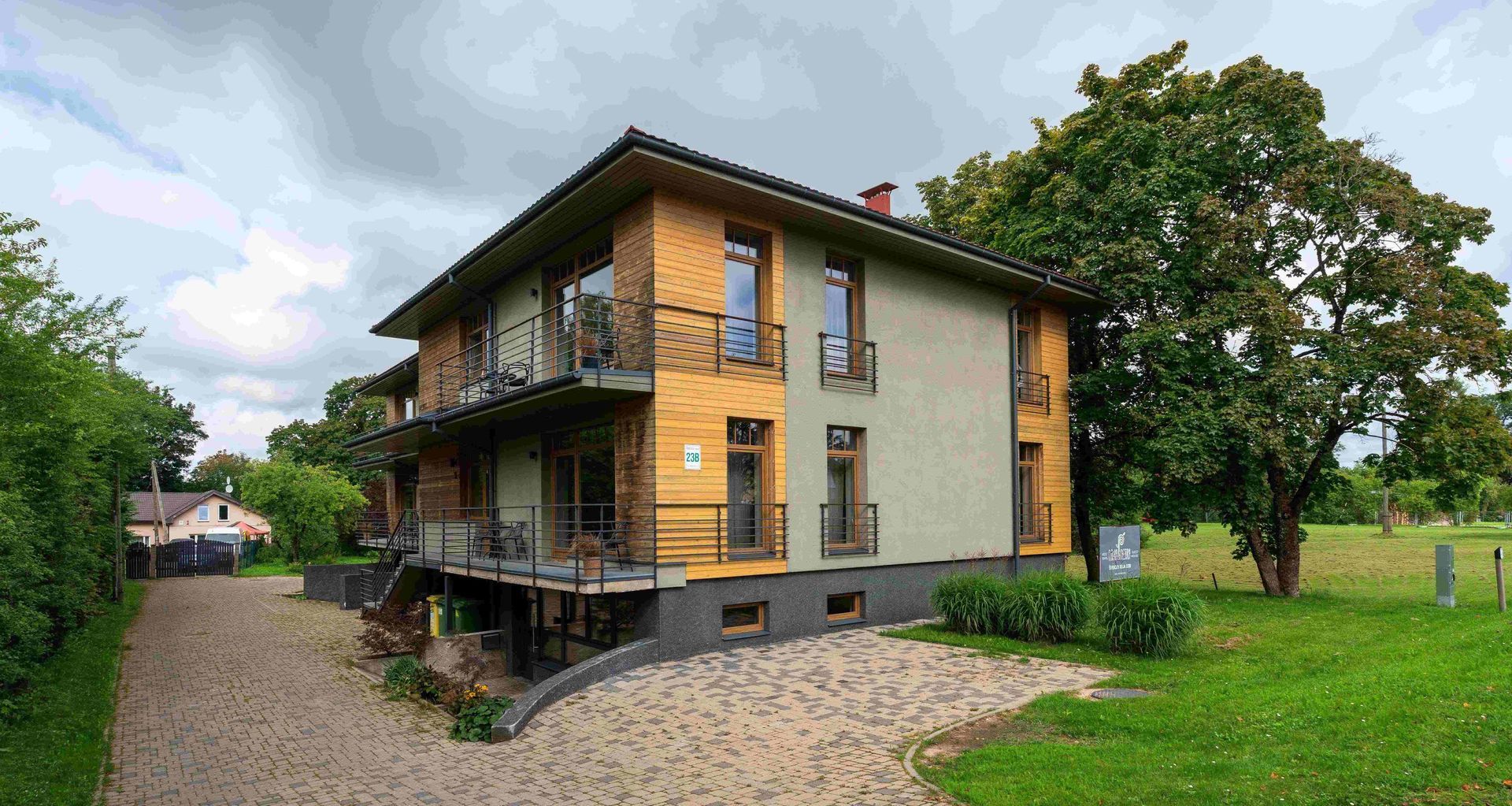Navigating Fire Engineering Compliance in Multi-Storey Residential Developments with Minor dwelling

Understanding Compliance under the Building Act
In the realm of residential construction, particularly for structures like a three-storey house with a minor dwelling, navigating the compliance pathways outlined in the Building Act can be challenging. While the Acceptable Solutions method is the most common approach to demonstrate compliance with the Building Code's performance requirements, it's not the only method. Acceptable Solutions are 'deemed' to comply without further justification or technical data. However, for certain building types, such as three-storey houses with a minor dwelling, this approach may not suffice, and alternative methods like the Verification method or Alternative solutions may be necessary.
The Role of Acceptable Solutions: C/AS1 and C/AS2
Two key documents in Acceptable Solutions for fire compliance are C/AS1 and C/AS2. C/AS1 is typically used for standalone housing, low-rise terraced housing, boarding houses within specific limits, and outbuildings. In contrast, C/AS2 caters to a broader range of buildings not covered under C/AS1, including complex accommodation structures like apartments, hotels, motels, and educational accommodation. The distinction between these two documents is crucial when determining the appropriate compliance route for any given residential project.
Challenges and Alternatives in Fire Safety Compliance
The latest amendment of C/AS1 (amendment 5, at the time of writing) clarifies that vertically stacked household units, each with a single storey, can still fall under C/AS1. However, a three-storey house with a minor dwelling at the lowest level falls outside this scope. This scenario presents a challenge for designers and fire consultants to find suitable justification to demonstrate compliance. An alternative is to comply with C/AS2, which introduces additional fire safety features and requirements not commonly found in such simple residential buildings, like commercial automatic fire alarm systems and emergency lighting. This raises practical compliance issues, especially considering these systems require scheduled maintenance under the building warrant of fitness regime.
The Impact of Building Code Regulations on Fire Safety
Currently, for buildings like a three-storey house with a minor dwelling, there is no universally accepted compliance approach recognized by the council. This situation may necessitate a formal determination process for clearer guidance during building consent applications. In the interim, consultation with various consultants and councils has led to the formulation of design strategies that balance life safety risks with practicality. An alternative solution approach, backed by robust justification, appears necessary for such buildings. While some engineering approaches have been accepted by the council, the discussion remains open for further insights and comments on this matter. This evolving landscape highlights the importance of ongoing collaboration and innovation in fire engineering to meet the unique challenges posed by complex residential developments.
